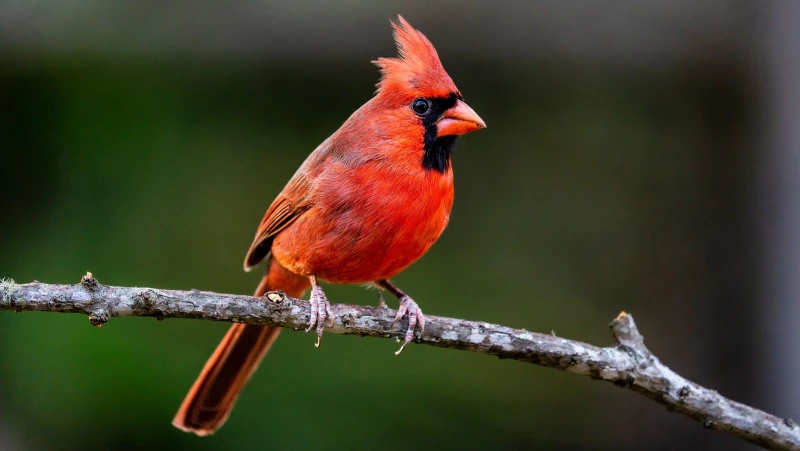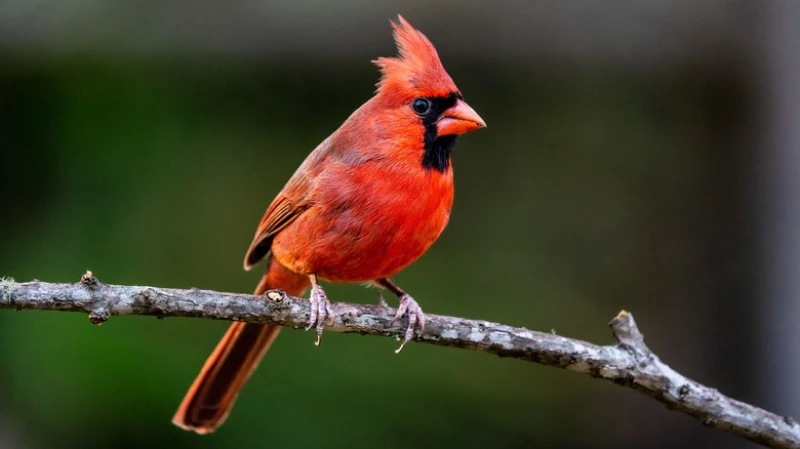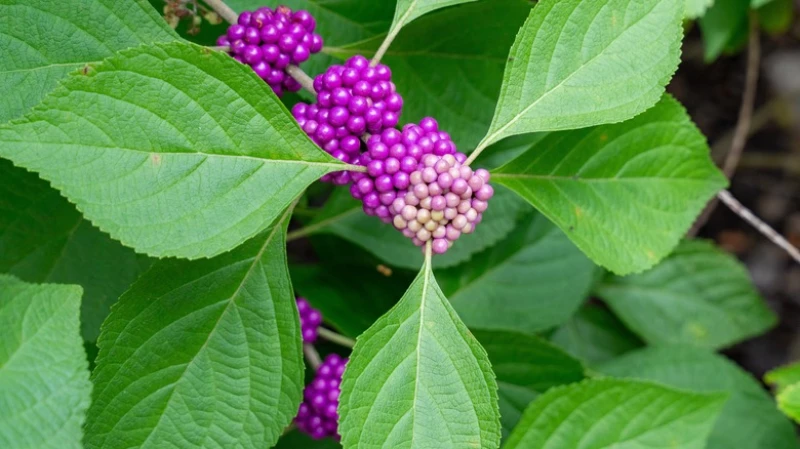Magnolia trees
Imagine sitting in your backyard, surrounded by the beauty of magnolia trees, while listening to the sweet melodies of cardinals. Magnolia trees are not only stunning to look at but also a favorite among cardinals. These trees provide the perfect habitat for these beautiful birds, attracting them with their vibrant flowers and sheltered branches.
If you're looking to create a welcoming environment for cardinals in your yard, planting magnolia trees is a great way to start. Their large, fragrant flowers and glossy leaves will not only enhance the beauty of your landscape but also serve as a natural magnet for these charming birds. So, grab a book, find a cozy spot under a magnolia tree, and enjoy the peaceful presence of cardinals in your own backyard.
Whether you live in a warmer climate or a climate that sees harsh winters, magnolia trees are an ideal option for your landscape – and cardinals agree. When searching for the perfect landing spot, cardinals are mostly looking for nourishment. Magnolias offer a food source through their bright red fruit that grows during the warmer months. They also produce seeds in the winter that cardinals can enjoy when berries are scarce. When cardinals are breeding, they tend to stray away from seeds and berries and look for caterpillars instead. Magnolia trees are also a great source for caterpillars, so cardinals will be flock to your yard no matter the season.
In addition to their vibrant food sources, magnolia trees also provide cardinals with comfort and protection. Their large leaves and thick branches are great for cardinals who may need to hide from predators, allowing them to perch comfortably for extended periods.
Beware of the allure of the flowering dogwood tree in your yard. While its beautiful blossoms may attract cardinals, they also draw in other birds and unwanted pests like raccoons and foxes. The presence of these predators can deter cardinals from visiting your yard, so be cautious about planting a flowering dogwood if you live in an area abundant with these animals.
Mulberry
Mulberry trees are small-to-medium sized plants that have become popular for their long, red fruit. Similar to a raspberry in appearance, the mulberry fruit, which is native to North America, is a hot commodity among cardinals. This type of mulberry is known as the red mulberry, which is a nod to the color of the fruit, but there are two other types of mulberry as well.
White mulberry, which is more common in Asia, does have white berries, but the trees are more often used for timber (in fact, some species of white mulberry do not have fruit at all). Black mulberry trees, on the other hand, are native to western Asia and have been introduced to North America. They have juicy berries that are dark purple, almost black, and are actually said to taste better and juicier than red mulberries. But, since the white and black varieties are not native to North America, they can be considered an invasive species and a threat to the red mulberry trees, so be sure you know if they are safe for your area before planting.
To attract cardinals to your yard, consider planting low-maintenance flowers like Elderberry. Cardinals are drawn to plants that provide seeds, and Elderberry is a great option. With beautiful pink and white flowers, Elderberry trees are a favorite landing spot for cardinals. The seeds produced by these flowers serve as a vital food source for the birds, ensuring their return year-round.
Elderberry trees offer a year-round attraction as some of their fruits persist through the winter months. These trees can reach heights of up to 20 feet, providing an easily visible spot for cardinals. The wide canopy of Elderberry trees offers protection and shade for the birds. When planting Elderberry in your yard, opt for spring or early fall for optimal root establishment before winter sets in. Avoid over-fertilizing the trees and consider pruning in the summer months if necessary for best results.
Cardinals have a strong affinity for berries and fruit, making elderberry trees a perfect choice to attract these vibrant birds. Elderberry trees produce small, black berries that are loved by birds, providing them with a tasty treat. In addition to the berries, elderberry trees also attract insects, offering cardinals an additional food source rich in protein, especially during the breeding season. This dual attraction of fruits and insects makes elderberry trees a popular destination for cardinals looking to feed themselves and their young.
Planting a variety of trees around your home not only enhances the beauty of your surroundings with flowers, berries, and lush greenery but also attracts stunning birds like the red cardinal, creating a tranquil garden oasis right in your own backyard.









